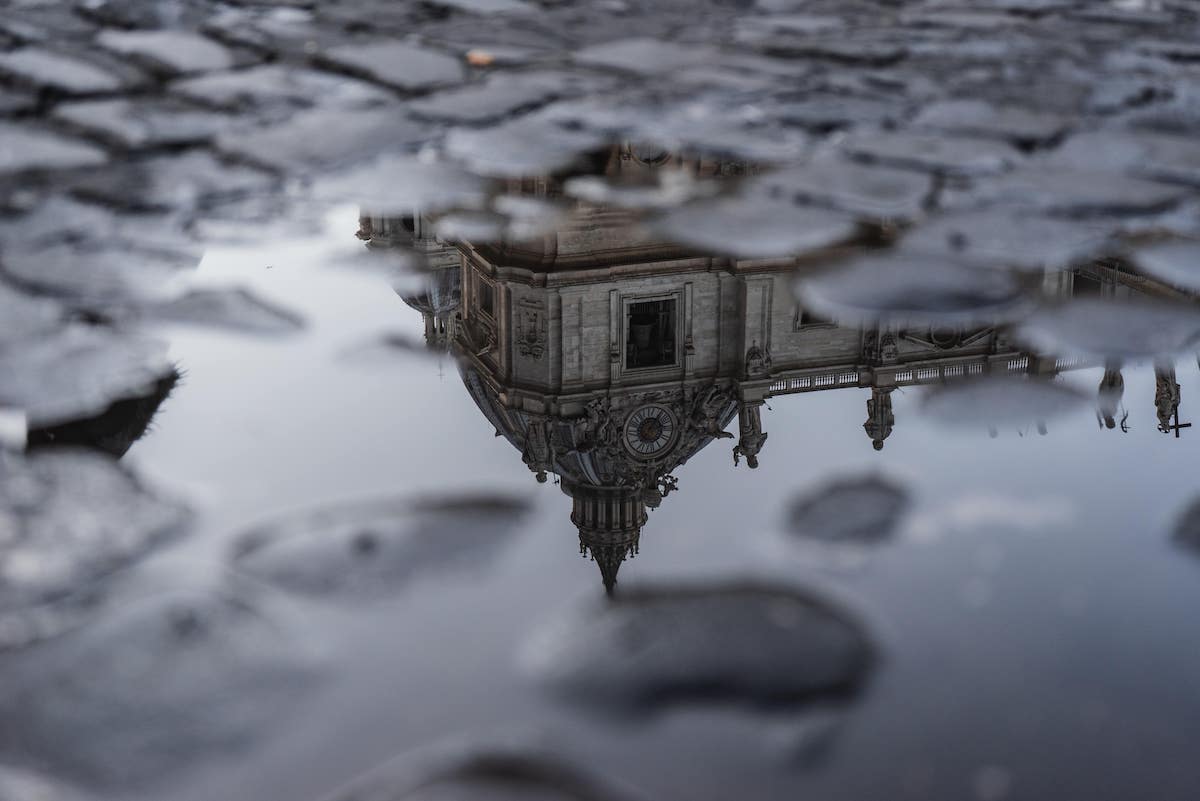Cinéma Vérité Explained – What It Is & How to Create It In 5 Steps
Rent film gear from local filmmakers.

Rent film gear from local filmmakers.
Cinéma Vérité is one of the purest documentary styles.
This honest, observational approach turned into a movement that continues to affect Hollywood e*ven in the 21st century.
But what really is cinéma vérité?
By reading on, you can learn more about the genre and how you can imitate it for your next project.
Interested in more? Learn all you need to about filmmaking.
What is Cinéma Vérité?
Cinéma Vérité, which translates to “truthful cinema” or “cinema of truth,” is a documentary filmmaking movement that originated in France in the 1960s.
It’s characterized by realism and the lack of artistic input or embellishments, which was a novel approach at the time.

Cinéma vérité definition
Cinéma vérité was a response to the staged and scripted feel even documentaries had before the movement. It focused on telling stories of real people in real places and having honest conversations.
CV documentaries were usually recorded on 16 mm handheld cameras observing everyday situations. The genre was centered around political and social issues.
Cinéma vérité examples
Jean Rouch’s Chronique d’un été (1961) and Chris Marker’s Le Joli Mai (1962) are classic examples of iconic French cinema vérité that started it all.
The movement inspired a similar one in the United States around the same time, “direct cinema.” Direct cinema focused on capturing the unfiltered reality. Notable examples include Titicut Follies (1967), Don’t Look Back (1967), and Grey Gardens (1975).
Create Cinéma Vérité film in 5 steps
Are you interested in using the cinema vérité style for your next documentary?
The following step guide will walk you through how to achieve the movement’s staple look and feel.

1. Use what you already have access to
Part of cinéma vérité is authentic storytelling on a minimal budget. When it comes to gear, use whatever portable equipment you already have access to, even if it might be your smartphone or a GoPro.
If you’re looking for better image quality, consider borrowing or renting a camera.
Remember that you need to remain nimble, so keep to lightweight cameras and lenses if you’re using them.
2. Explore a subject that interests you
If you stay true to the cinéma vérité movement, you can’t predict how stories will unfold once you start filming.
The best you can do is find a setting or subject that interests you. This could be the bingo night at the local nursing home or Saturday evenings at the corner 7-Eleven.
The mundane details may tell an interesting story if you’re passionate or intrigued about your setting. Don’t be afraid to engage or challenge your subjects without directing them.
Don’t tell them what to do!
Ask questions to find the underlying emotions and the bigger picture within the situation.
3. Explain to the audience why your story is interesting
The result of this documentary filmmaking style hangs particularly on editing and post-production. This is the time to bring your story together. Create a coherent narrative by choosing what and when to present from your raw footage.
Your film doesn’t have to be filled with dramatic twists and turns, but it should give an intimate insight into the day-to-day of your chosen location or people.
You should be able to point out what you uncovered and why it’s interesting. If you can’t, keep rolling or return to the drawing board.
4. Have a vision but leave room for improvisation
While you shouldn’t direct and make decisions concerning the scene, you should have an idea of what you’re hoping to achieve.
Consider who your subjects will be and what activities you wish to capture. Prepare questions to ask to keep your story on track and generate conflict.
Consider the best time of day to shoot, especially regarding the lighting. Traditional cinéma vérité doesn’t use extra lighting equipment, so you’ll have to make do with the natural and practical light available.
5. Move the camera around
Shooting on a handheld camera was part of the novelty of the genre in the 60s.
Take full advantage of being compact and traveling lightly, and follow the story wherever it goes.
Survey the scene regularly and find the key moments to document, especially if they’re emotionally charged.
Cinéma Vérité influence on Hollywood
Cinéma vérité made an impact on documentary filmmaking and film in general.
Its impact on documentaries is relatively straightforward. While war and news reportage at the time focused on fast-paced footage with voiceover narration, vérité rebelled.
The genre mostly stayed untainted with bias, voiceover, or subtitles. Run-and-gun documentaries, even today, are sometimes referred to as “Verite” if they don’t involve a lot of planning.
More subtly, the movement impacted specific film genres and continues to do so. Reality shows like COPS are heavily inspired by cinéma vérité. Series like The Bachelor and Survivor feature style elements but opt to include scripted events like dates or challenges.
Mockumentaries are often set-up to resemble cinéma vérity. Shows like The Office or Modern Family present numerous shots and sequences that resemble the observational feel of the style.
Cinéma Vérité left an undeniable impact on Hollywood that carried over to many films and shows produced today.
Dive into more documentary genres
Do you plan on shooting your next project in the cinéma vérité style?
Explore more documentary genres to learn about how the category evolved. Mix and match and choose the style that fits your vision best.
What is the translation of cinéma vérité?
Cínéma vérité translates to truthful cinema or cinema of truth in French.
Which genre does cinéma vérité belong to?
Cinéma vérité is a documentary subgenre.
What are some examples of cinéma vérité films?
The most iconic cinéma vérité films are Chronicle of a Summer from 1961 and the Salesman from 1969.






















